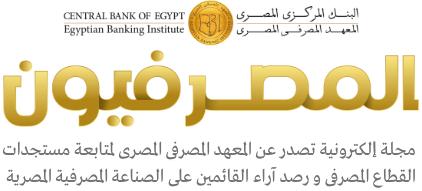دفعت جائحة كوفيد 19 البنوك إلى إيجاد طرق لخفض التكاليف بشكل كبير. مع استمرار معدلات الفائدة المنخفضة للغاية ومعدلات التخلف عن سداد القروض أدت بشكل ملحوظ إلي تهديد الإيرادات والأرباح. وبناء عليه، يجب على البنوك أن تجد طرقًا للبقاء قادرة على الوفاء بالديون، طرقًا تحافظ على بها سمعتها وثقة عملاءها. وبالفعل استخدمت البنوك بعض إجراءات خفض التكاليف خلال الأزمة المالية لعام 2008، حيث أغلقت آلاف الفروع وفصلت عدة آلاف من الموظفين. على الرغم من أن هذه الاجراءات ساعدت في خفض التكاليف، إلا أنها أضرت بشكل كبير بمعنويات الموظفين وثقة العملاء.
إعداد ياسمين عمرو – باحث بالمعهد المصرفى




